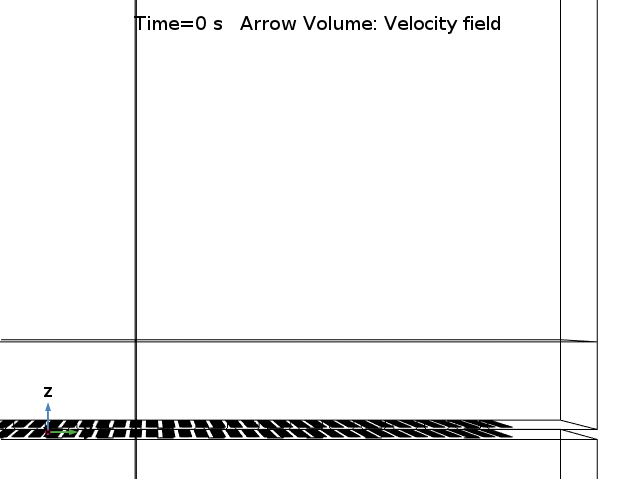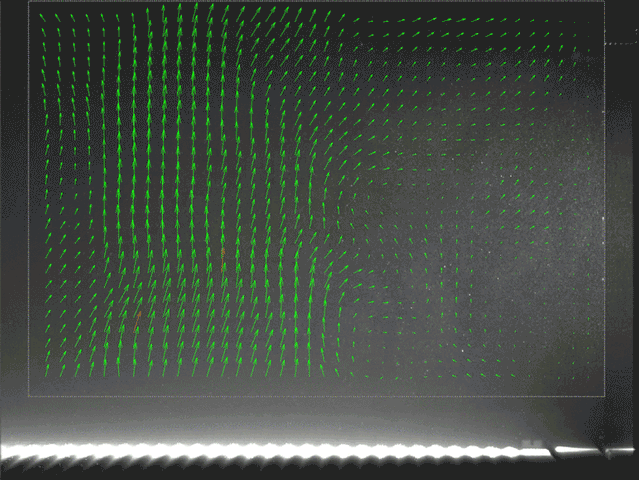Simulation of Wind Load on 2-axis Tracker
The wind behavior of a PV system is usually checked in wind tunnels. However, such measurements are very time-consuming and expensive and also only represent individual states. Therefore, we investigate wind loads using computational fluid dynamics (CFD). This makes it possible to investigate a wide variety of conditions in a short time and thus to optimize the system with regard to high wind speeds. Real weather data can be used, for example, to investigate the impact of a specific storm event.
We couple the CFD simulation with further FEM models, e.g. with a mechanical simulation to investigate the deformation and mechanical stress in the module in detail from the determined wind load. Or with thermal simulations to map convection effects and thus the spatially resolved module temperature.
Storms with high wind speeds are one of the effects of climate change. Therefore, it becomes more and more relevant to design solar farms according to such aspects. In contrast to the homogeneous mechanical load prescribed in IEC 61215, wind loads, especially from severe storms, are highly inhomogeneous. In addition, numerous factors influence the wind current and thus the resulting load, e.g. the angle of attack of the PV modules, the substructure and the wind direction.
2-axis trackers provide a large area of attack for wind. This can lead to critical loads and even failure of PV modules, especially at high wind speeds. To investigate the effect of a real storm on a 2-axis tracker, the weather data of this storm was evaluated and served as input values for the CFD simulation. The resulting wind load was simulated for different angles of attack of the tracker.

